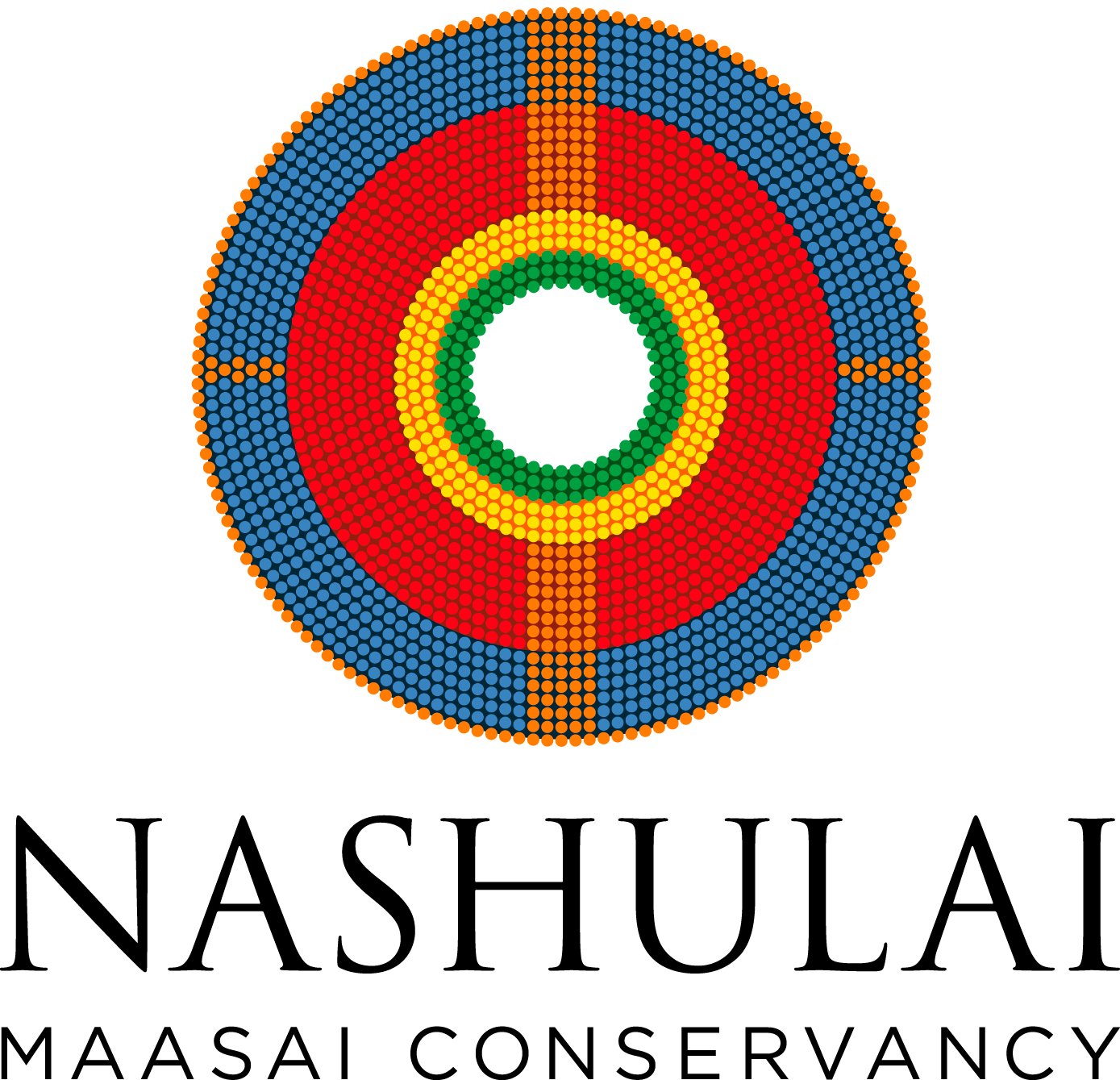How we’re addressing a compelling need and a compelling opportunity.
We The Maasai have been the great herders on the grasslands of East Africa for millennia.
We have tended and cared for our cows as we moved through the savannas. Even today we know the name of each one; we sing them songs through the day as we guard them from lions; we lovingly bring the calves into our bomas, to sleep in the warmth with our family for their safety and health. Our grazing cattle have for centuries benefited the ecosystem--the soil of the grasslands and the health of the small and great wildlife. And our own culture, our wealth, our way of life and indeed our survival, have depended on our cattle.
But vast tracts of our traditional lands—still largely, formally owned by us--are now off-limit, because of government land privatization, and because of the practice of the conventional conservancies, even the Mara National Reserve, to move herders off their landholdings to create wildlife preserves, mainly for tourism. That has meant less available grazing land--which has resulted in overgrazing in the proscribed areas, and habitat degradation.
And then there’s climate change
We’ve protected our cattle from predators for thousands of years but we can’t protect them from the new climate conditions. The effects are visible and acutely felt in the grasslands. Droughts are more common, more persistent, with devastating impact, not least on our small-sized Zebu cattle breed. Last year’s big drought in the Mara killed over 70% of our cattle. In summer, the land can turn into a semi-desert.
Transitioning from Quantity to Quality: An Environmental and Cultural Shift
For a people whose main signifier of wealth has for centuries been the size of our personal herds, this environmentally necessary move from quantity to quality is a major cultural shift too, which we are proud to have begun in our efforts to create a sustainable place.
Very simply, we realized that present conditions and our ancient cattle-keeping practices are at odds, good for neither ecological conservation nor our own cultural survival as a pastoral people. The solution: a new grasslands management strategy that includes strictly reducing the number of our cattle while transitioning to a stronger breed. The indigenous Boran breed is larger, less vulnerable–few in Kenya perished in the last drought (it is known as “one of the best cows for survival in this part of the world”). In addition, it has a higher yield so is higher in value (one Boran is worth as much as 5 Zebu cows).
Our new grasslands management strategy aligns with each of the three interdependent prongs of our mission: Conserve Wildlife – Preserve Culture – Reverse Poverty.
It allows the cattle to contribute to the vitality and regeneration of the wildlife habitat without depleting it. It adapts a traditional way of life to current conditions, so enabling a next generation of Maasai rather than forcing them to abandon their culture and way of life altogether. And it improves the financial self-sufficiency of the Maasai farmers.
The Grazing for Change Project Thus Far
In 2018 we started educating ourselves in managed grazing and holistic grasslands management. That spring we received a grant from the Libra Foundation, which made it possible for our Co-Founder Nelson Reiyia and six Nashulai Elders to enroll at the Mara Training Centre for intensive training on the science, practice, business and management of sustainable herding for the future.
In June 2019 thanks to a grant from the McLean Foundation, we commenced our Grazing for Change Project. We began the replacement of our Zebu herds. An exciting cattle drive brought the Boran cattle back to the Conservancy!
The power of rotational grazing:
Grazing for Change allows us to cut back on overgrazing across Nashulai according to a planned rotation of the new herds. Our Elders have already implemented rotational grazing with community-agreed penalties for infringement; and it is far easier to follow a rotational plan with smaller but healthier herds, while our scouts can more easily monitor and cope with the added potential of human-animal conflict.
A sustainable financial enterprise in the making
To encourage the breed change and empower our herders we’re embarking on a sustainable cattle enterprise. We offer financing for Boran cattle stock on a 50/50 basis to help poorer members of the community participate. We’re also establishing calf-sharing, where each landowning family can participate and contribute calf stock, the number of which will be matched by Nashulai’s.
By collectively working together we estimate in 6 months time to have cattle salable at double our initial investment! And 2 years from now Grazing for Change is on track to be a self-sufficient, scalable revenue-generating project for Nashulai and its participating herders. The profits, to be shared by the community-run conservancy and participants alike, will allow all our people to increase their individual prosperity and contribute to our other priorities.
Supporting global grassland regeneration
As our project grows, we’re excited to be on track to become a certified grasslands management hub. This will enable us to build on our Grazing for Change project and offer training in grasslands management to other communities. Which will become another revenue source for Nashulai and amplify our capacity to help influence progressive change throughout the region!
All while our success is plugging Nashulai into a growing global network committed to the urgent protection and restoration of grasslands.
For project updates please follow us on social media
We would like to thank the supporters who donated their time to help us create this website










